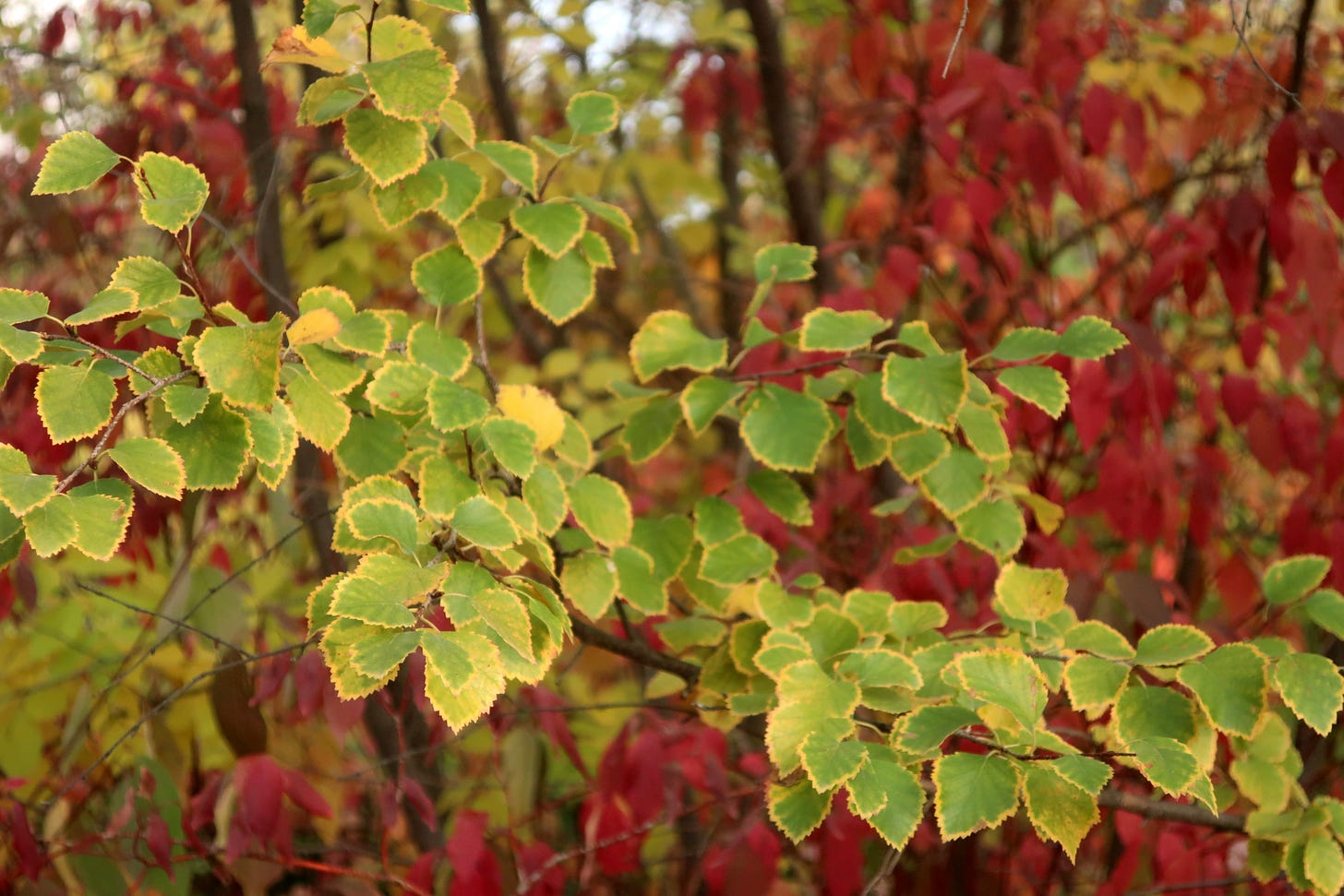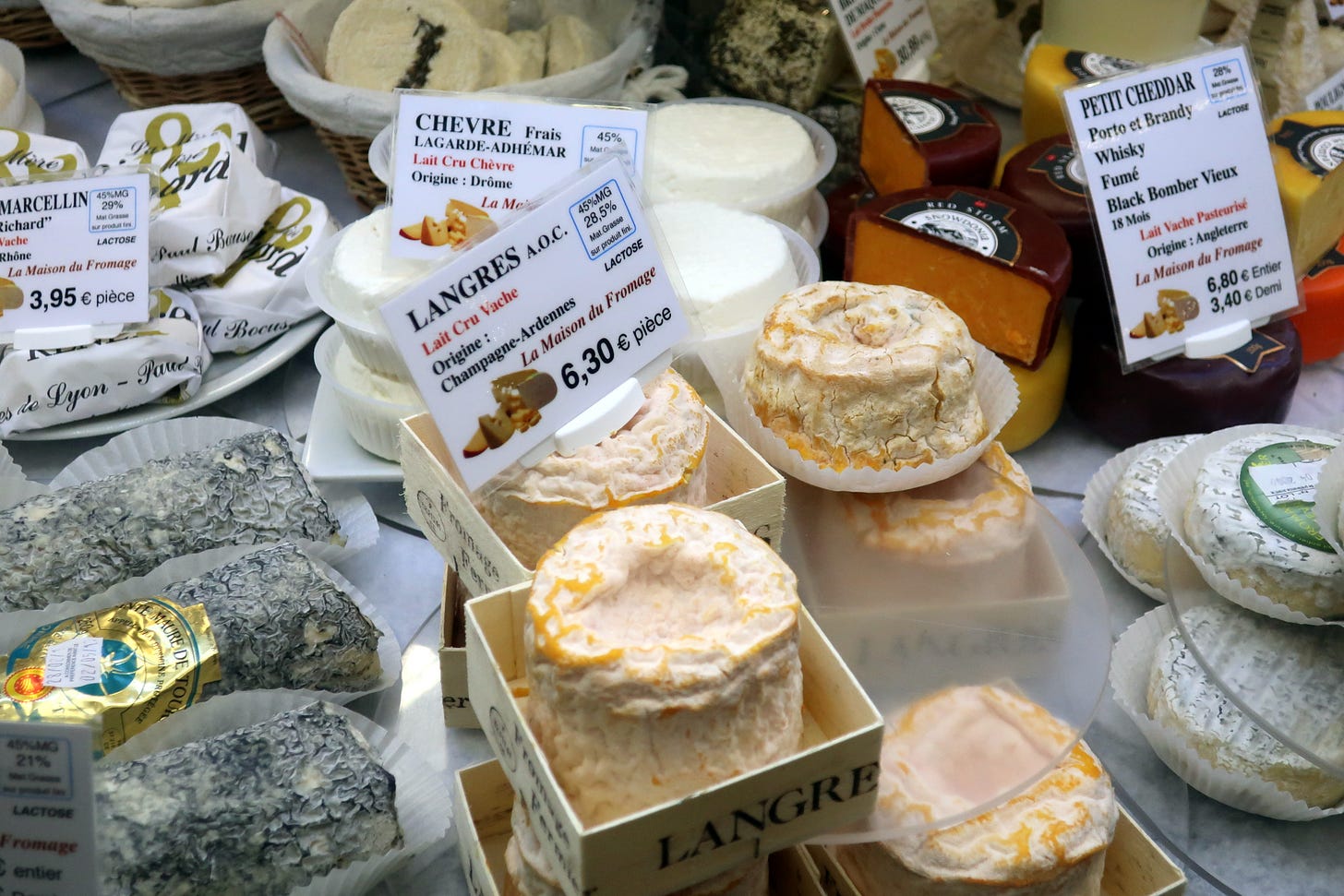Footnotes to a Conversation, October 4, 2021
After the keen still days of September, the October sun filled the world with mellow warmth. – Elizabeth George Speare
I returned to Saskatoon this weekend to revel in a glorious display of fall colours – blue skies and golden trees. What a lovely sight!
The Circle Game
What is your take on food? Do you want to be able to find your favorite food in the supermarket regardless of the season, be it strawberries in June or pumpkins in March? The consumer drive for consistency has had a profound impact on cheese and yet cheese changes with the seasons depending on supply and the food being eaten by the cows. Summer milk is flavourful, but its low-fat, high-water content make it harder to turn into cheese. Cows produce less milk in winter, but it’s high in fat, ideal for rich, gooey cheeses like Vacherin. [Modern Farmer]
Creation Stories
I read an interesting article about cinnamon – or should I say the two cinnamons, for there is true cinnamon and there is cassia (both members of the laurel family), and their histories are so intertwined it’s hard to say which one people are referring to. Cinnamon is a lighter-coloured bark and its flavour is more delicate. It’s ideal for sweet dishes, whereas cassia has a stronger flavour that works well in spicy, savoury dishes. The concluding paragraph of the article is illustrative of the role food plays in our lives:
There is a lot to investigate with cinnamon, both as an ingredient but also as a way into understanding trade routes across time and space … Cinnamon shows how complication and messiness is part of understanding food, it shows how power and desire is part of food, and it shows how identity and belonging is part of food. [Sourced]
And from the origins of food to the origins of colour. Purple dye was initially created from mollusks and guano (bird excrement). But in 1856, a 19-year-old Londoner invented the colour mauve, the world’s first synthetic dye. [JSTOR]
Water Worship
A tribute to Venus Cloacina, the Roman goddess of the sewers, by Jonathan Swift made me laugh:
Here, gentle goddess Cloacine
Receives all offerings at her shrine.
In separate cells the he’s and she’s
Here pay their vows with bended knees
To describe her as the goddess of the sewers is probably inaccurate and she may more correctly have represented stormwater and underground streams, but it’s a delightful notion all the same that we should reverence water in all its forms. [JSTOR]
Footnotes to a Conversation is a weekly Monday feature covering an assortment of topics that I’ve come across in the preceding week – books, art, travel, food, and whatever else strikes my fancy.
If you share my love of nature, I suggest you also read EcoFriendly Sask that I publish in collaboration with my brother, Andrew. Check out EcoFriendly Sask’s Nature Companion, a free nature app for Canada’s four western provinces (downloadable directly from the website).
Despite its name, highbush cranberry is actually a member of the honeysuckle family and isn’t related to lowbush cranberry, which is a true cranberry. [Nature Companion]






